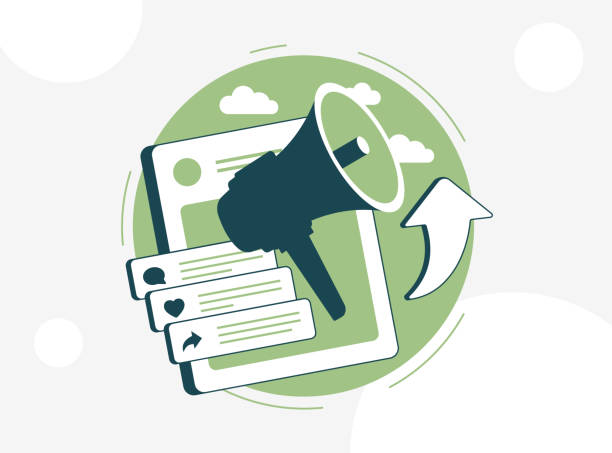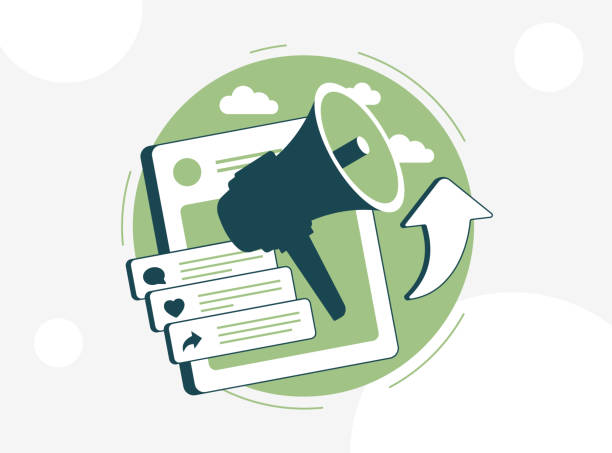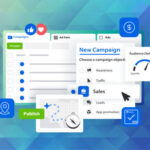Organic vs Paid Reach on Facebook
You’re not alone. Thousands of brands spend time, creativity, and budget on Facebook offers that they hardly see. Ever wondered why one post goes viral with likes, shares, and comments, while a second disappears into the abyss?
Here’s the kicker: It may not be your content. It’s the kind of reach you’re hoping for.
The organic vs paid reach fight on Facebook is a battle no business can continue to sit out for much longer.
Let’s break it down.
What Is Facebook Organic Reach – And Is It Dead?

Organic reach is the number of people who see your content without you paying to promote it. Sounds ideal, right? Free access to such a huge audience?
Sadly, that fairy tale is coming to an end.
Hootsuite notes that the average organic reach of a post on a Facebook Page is only 2.2%. That means if you have 10,000 followers, your post is only seen by about 220 people. 😳
Why the decline?
Facebook’s algorithm prioritizes content that generates engagement and retains users on the site as long as possible. If your content isn’t generating likes, comments or shares in short order, it is nearly invisible.
What Is Paid Reach—and Why Its a Game-Changer
Paid reach works as follows: you pay Facebook to show your content to more people. These can range from your followers, or a highly targeted audience based on demographics, behaviors, and interests.
Now here’s the interesting part:
🔃 Brands combining organic with paid amplification see up to 65% higher engagement (WordStream study)
It’s adding gasoline to the fire. The single post that 2% of your audience even saw? Paid reach can put it in front of thousands—even millions—of the right eyes.
The Surprising Windfall of Organic vs Paid Reach
Many brands view them as different strategies, however, the reality is: organic and paid reach perform how they shine when combined with each other.
Consider organic content your testing lab. By posting consistently, tracking which posts get the most engagement, and adapting the tone of your message. Then, when something works organically—amplify it.
💡 Engagement is already baked into Facebook’s algorithm — giving it a double whammy. So when you promote a post that’s already getting a lot of organic traction, it gets even more visibility (and often at lower CPCs and better ROIs).
This is an entry in our How a Small Brand Beat the Algorithm case study series.

Enter GreenGlow Skincare, a startup with fewer than 5K followers. They posted a raw, behind-the-scenes video on how they package their products — no music, no polish, just real people and a story.
It got a paltry 150 likes, naturally — but oodles of comments.
They spent $100 to boost the post, targeting eco-minded people ages 25 to 45. That one post? Within 3 days it has 45,000 users, 1,200 shares and has generated $6,800 worth of sales.
“We felt we needed to do gimmicky advertising. That turned out to be people just wanted something real. Organic sparked it. Paid reach scaled it.” – Marketing Lead Company such as GreenGlow Skincare
The Danger of Relying on Organic Alone
The Facebook algorithm changes more often than fashion. Another broad update in 2018 favored posts from friends and family over brands. Overnight, many businesses see their reach halved.
Work on organic only, then we’ll all be gone the next day—imagine constructing your whole everybody strategy on organic. Risky, right?
When organic just can’t guarantee it anymore, paid reach gives you control, scalability, and predictability.
The Science Behind What Trains Our Eyes
Facebook doesn’t simply throw the dice. Its algorithm employs machine learning to decide which content to display. It looks at:
- Engagement velocity (the speed of response)
- The relevance score (the likelihood of a person interacting)
- Content type (video? link? image?)
Usage behavior (what kinds of posts YOU most often interact with)
Paid posts unlock these signals for you—on-demand. That means if your content hits, Facebook gets out of the way and helps it disseminate. If it doesn’t, you can adjust and retest quickly.
The Winning Formula: How to Master Both
Start with Organic:
- Post consistently. Tell stories. Use emotion. Focus on value—not selling.
- Watch What Works:
- If something gets strong engagement in the first few hours, that’s your gold.
- Amplify with Paid Ads:
- Boost high-performing posts. Or build lookalike audiences off your most devoted fans.
Retarget and Repeat:
- Use Facebook Pixel to monitor traffic and retarget interested prospects.
- Track Everything:
- Track reach, engagement, conversions, and ROI. Facebook Ads manager automates this for you.
Expert Take: Don’t Choose — Blend
“It’s not about organic versus paid. It’s a matter of when to use which. Organic builds trust. Paid builds scale. Together? You get growth that’s unstoppable.”
— Jasmine Parker, Digital Marketing Strategist, AdEdge Pro
Conclusion: Organic vs Paid Reach – Which One Is the Winner?
The reality is, neither succeeds on its own.
The real power is in the combination. It keeps your brand genuine and relatable. Paid reach ensures that your best content gets the visibility and impact it deserves.
Facebook organic without ad spend is like whispering in a stadium. Adding paid reach? That’s when you grab the mic.
Are You Ready to Rise Above the Noise?
🔥 Don’t allow your next great post to be swallowed up by the algorithm void
With $O dollars CAN YOU AND CREATORS INFLUENCE Land or SME industries?
You’ll be amazed by what happens when the right people finally lay eyes on it.
👉 Need help writing scroll-stopping content or starting your first paid campaign? I’ve got you. Just ask!
If you want a downloadable checklist or content calendar for this strategy, let me know – I can make that for you as well!








